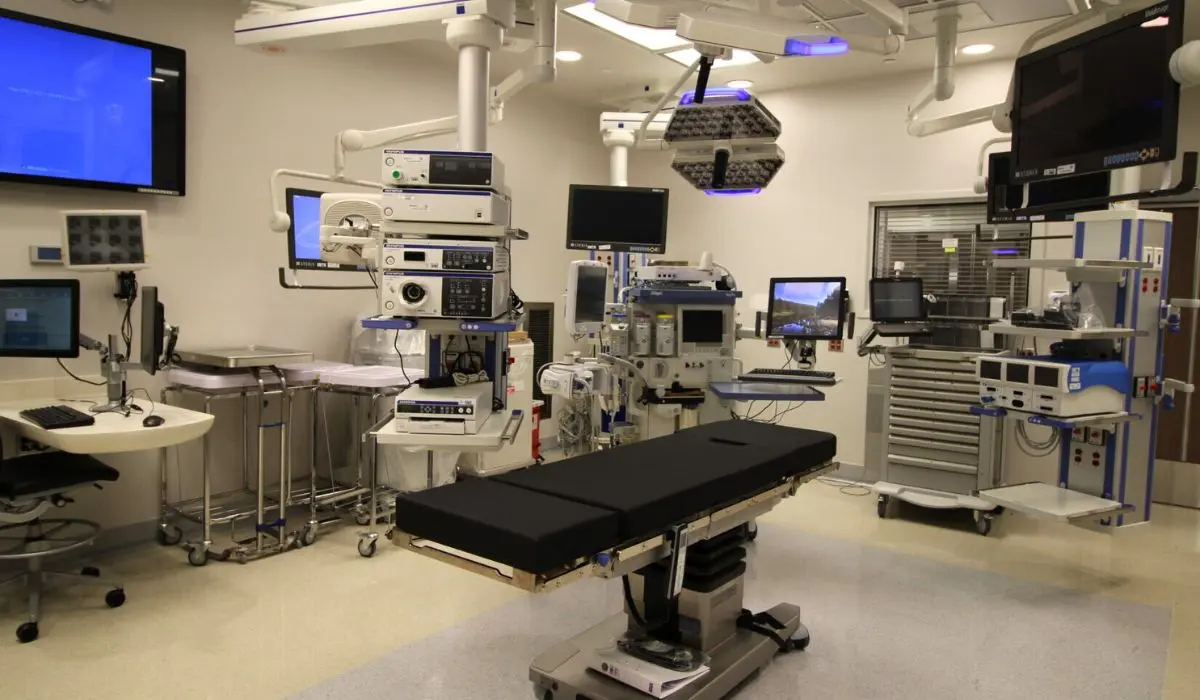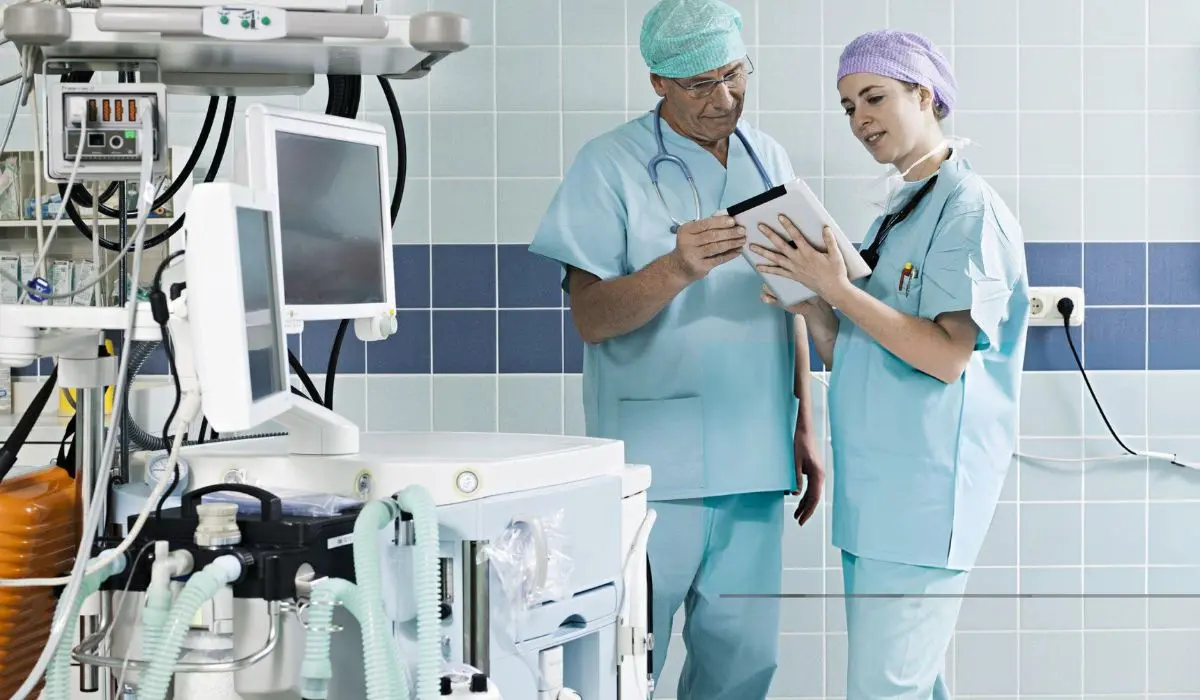Any medical device that requires calibration, periodic maintenance, repair, user training, and decommissioning is considered medical equipment. These equipment are usually used for specific purposes of diagnosis and treatment of medical conditions, or injuries. Examples include patient monitors, hemodialysis machines, anesthesia machines, etc. The flawless functioning of medical equipment is essential for the smooth operation of any healthcare facility.
Medical equipment planning is a crucial process that ensures healthcare facilities are outfitted with the right equipment to meet their specific needs. In this article, we will learn what medical equipment planning is, why is it important and what are the 5 types of medical equipment. Let’s start with understanding what medical equipment planning is in detail.
What Is Medical Equipment Planning? How Does This Process Work?
Medical equipment planning is one of the most important processes during the project stage of building or renovating any healthcare facility. It involves meticulous planning, designing, estimation, supply, execution, installation, testing, commissioning, and handing over of medical equipment.
The medical equipment planning can often take weeks or months depending on the scale of the project. Major healthcare projects employ specialized in-house teams or hire external medical equipment consultants for their needs.
There are over a thousand medical equipment planning companies in the US. These experts often work from the conceptual stage to installation and staff training.

Since medical equipment planning involves understanding clinical needs, budgeting, architectural design, and building processes, it is best to employ a multi-skilled team for the task. The team you chose should be also capable of understanding installation methods, regulatory standards, and environmental conditions needed for the proper functioning of the equipment. Once you have created your team, they can begin the planning process.
Comprehensive medical equipment planning involves:
- Identifying equipment needs based on the facility’s services and patient population.
- Developing a budget for medical equipment acquisition
- Creating specifications for each piece of equipment.
- Selecting suppliers and negotiating contracts.
- Overseeing equipment installation and training staff.
Why Is Equipment Planning Important?
As we have discussed earlier, medical equipment planning is a crucial part of getting a healthcare facility project off the ground. Effective medical equipment planning helps to improve patient care, optimize workflows, and ensure compliance with regulations. It is also important from the perspective of the hospital management and the board of directors, as it can:
🎇 Ensure Financial Viability
Proper planning is essential for the successful functioning of a healthcare facility. Usually, a project allocates about 35% of the total project cost to equipment procurement, any variation in cost or delivery schedules can impact the project’s financial viability.
🎇 Offer Turnkey Solutions
Companies providing medical equipment planning often offer turnkey solutions, including services like anti-bacterial flooring, false ceilings, air conditioning, plumbing, installation of hospital furniture, and more.
🎇 Reduce Breakeven Period
Inadequate, or inefficient equipment planning may lead to price variations and delay the arrival, installation, and commissioning of the equipment. This can postpone the breakeven period of the hospital by 2-3 years.
What Are The 5 Types Of Medical Equipment?
Many types of medical equipment are used every day in healthcare facilities. With the advancement in technology and artificial intelligence, the number of medical equipment is expected to grow in the coming years. The 5 major categories of medical equipment include:
1. Diagnostic Equipment
Equipment or tools only used for diagnosing a patient’s condition are considered diagnostic equipment. A doctor usually prescribes a diagnostic test based on the symptoms and ailments of the patient. Some of the most common types of diagnostic equipment include medical imaging machines, patient scales, stethoscopes, dopplers, and pulse oximeters.
2. Durable Medical Equipment (DME)
DME serves therapeutic purposes and is generally prescribed by physicians. They are long-term devices that can be reused several times either in a hospital setting or at home. Examples of DME include manual/electric wheelchairs, hospital beds, crutches/walkers, pressure mattresses, insulin pumps, nebulizers, kidney machines, oxygen concentrators, ventilators, etc.
3. Treatment Equipment
These devices are designed to treat specific conditions. They restore the function of the affected organs or tissues within the body. Examples include surgical supplies, infusion pumps, Lasik surgical machines, medical lasers, etc.
4. Life Support Equipment
Equipment that helps the functioning of a patient’s organ system is generally considered as life support equipment. The patient’s life will be in danger without the help of these specialized equipment. Examples include heart-lung machines, medical ventilators, dialysis machines, and incubators.
5. Medical Laboratory Equipment
Medical laboratory equipment is used for analyzing the patient’s blood, urine, genes, and other biological material for any irregularities or variations. Some of the most common examples are blood gas analyzers,l chemistry analyzers, blood collection supplies, electrolyte analyzers, differential counters, etc. You can often see these at medical clinics or diagnostic laboratories.
Conclusion
Medical equipment planning is one of the crucial parts of any healthcare facility project. It involves planning, designing, estimation, supply, execution, installation, testing, commissioning, and handing over of medical equipment.
Proper medical equipment planning is essential for the smooth operation of a healthcare facility. It can improve patient care, optimize workflows, ensure compliance with regulations, and enhance the financial stability of the project.
The 5 major types of medical equipment include diagnostic equipment, durable medical equipment (DME), treatment equipment, life support equipment, and medical laboratory equipment.





